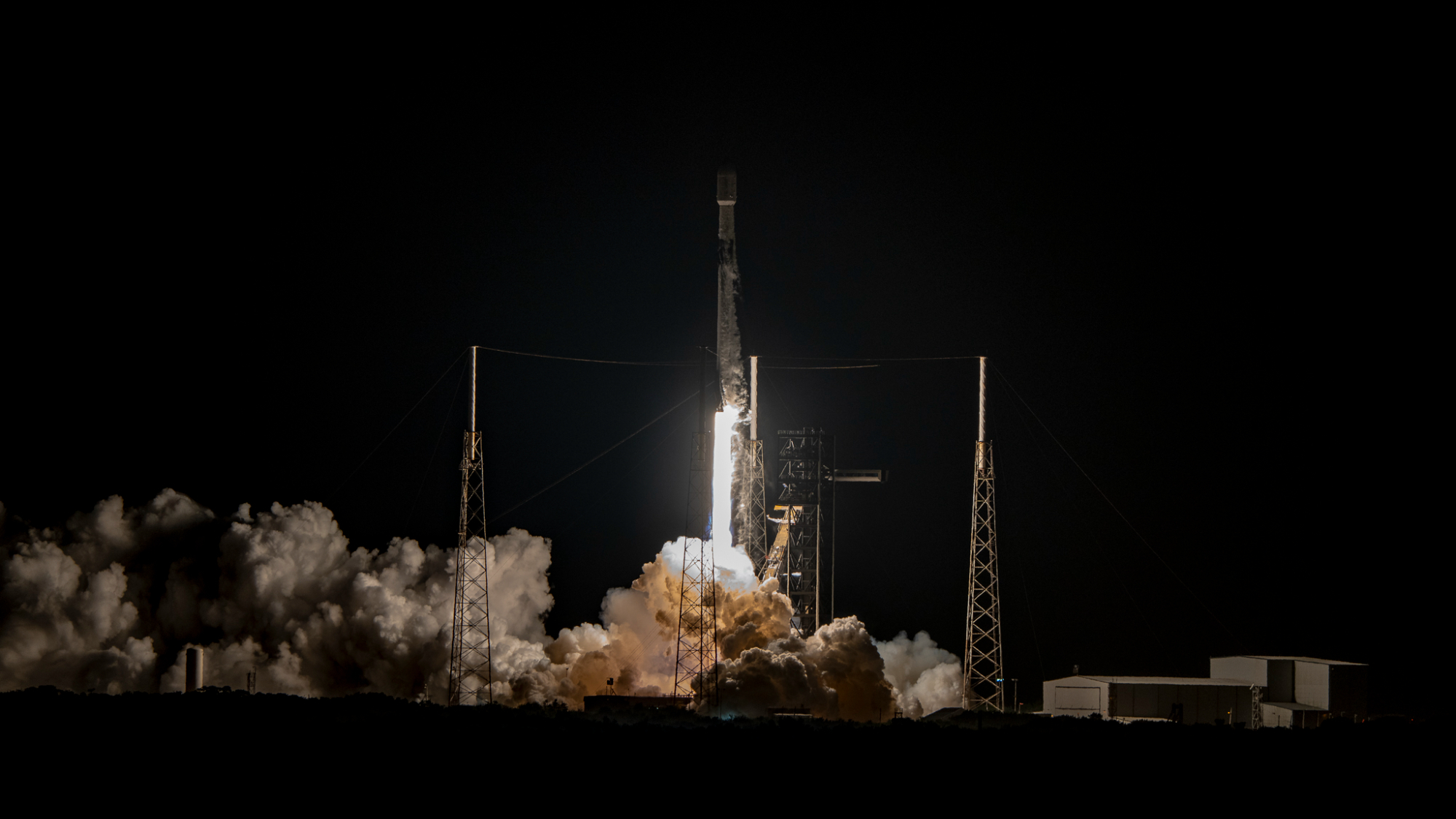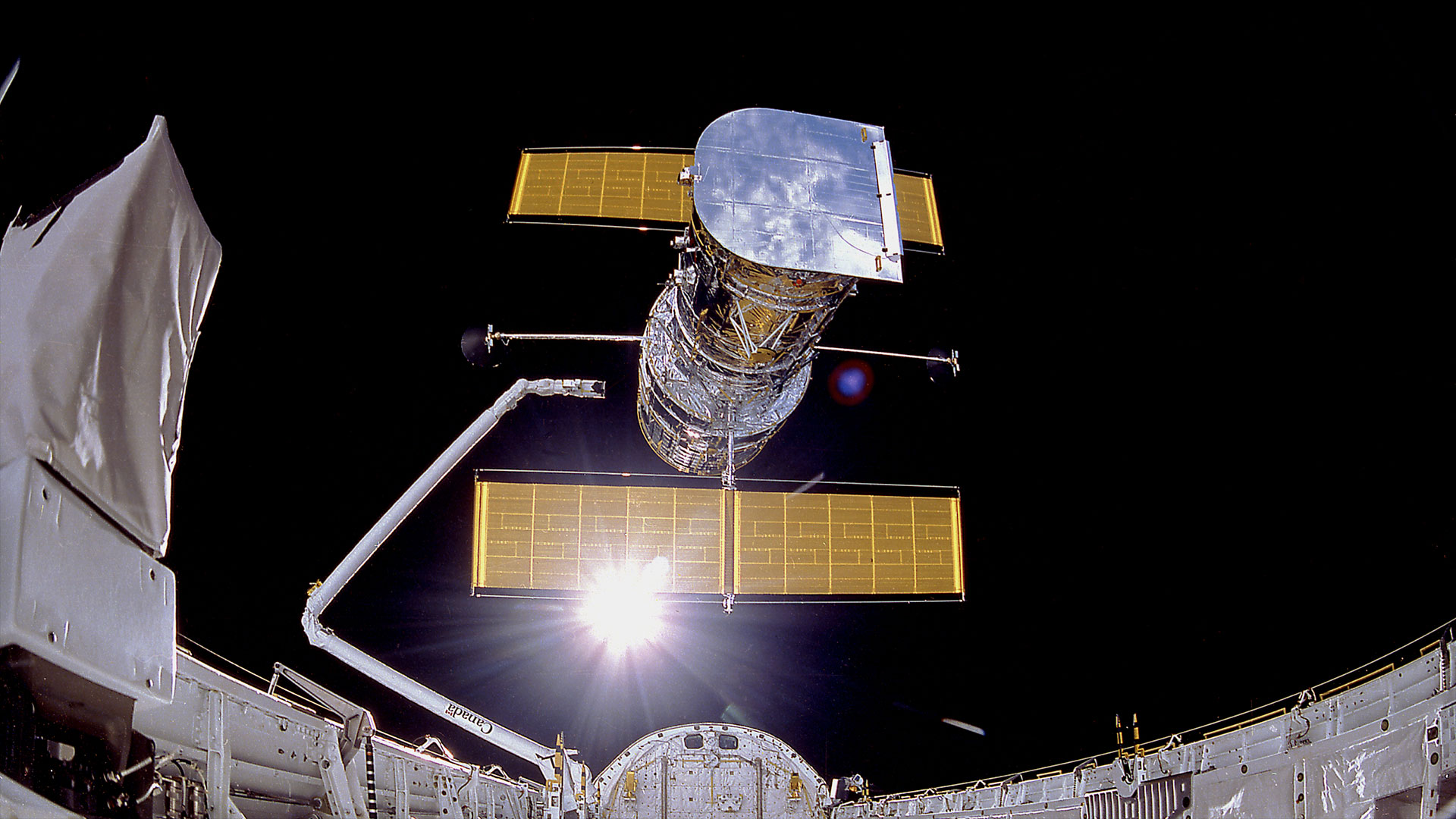NASA May Extend Space Station Missions to Address Potential Commercial Crew Delays

WASHINGTON — NASA is in discussions with its Russian counterparts about extending some upcoming space station missions as a way to buy more time for development of commercial crew vehicles.
During an April 12 hearing by the commerce, justice and science subcommittee of the House Appropriations Committee on the agency's fiscal year 2019 budget proposal, NASA Acting Administrator Robert Lightfoot said longer "increments" of crews on the ISS could be one way to provide more schedule margin in the event of additional delays by Boeing and SpaceX in the development of their crewed spacecraft.
"Right now we don't show a gap" in U.S. access to the International Space Station, Lightfoot said in response to a question posed by subcommittee chairman Rep. John Culberson (R-Texas). "But we're looking at options at what can we do to not have a gap." [Boeing Starliner's 'Last Room on Earth' for Astronauts – Photo Tour]
"We're working with our partners, our Russian partners, on if we can have longer increments for crew members that go up," he said.
He revisited that later in the hearing. "One thing we have is a great relationship with our Russians partners, and we're looking at other alternatives about potentially extending mission duration for the current missions that are there so that we don't gap the ability to get there," he said.
NASA's current agreement with flying astronauts on Soyuz vehicles expires next year, after the agency purchased three seats on Soyuz flights launching in the spring of 2019 and returning in the fall. It's not clear what would be involved in extending ISS mission durations, such as any technical issues regarding how long a Soyuz spacecraft can remain docked to the ISS.
NASA announced April 5 it had updated its existing commercial crew contract with Boeing to study modifications to the crewed test flight for the company's CST-100 Starliner. Those modifications would include adding a third astronaut and extending the spacecraft's stay at the ISS from two weeks to as long as six months. Those changes, Lightfoot noted at the hearing, were another way to mitigate the effects of additional development delays.
Get the Space.com Newsletter
Breaking space news, the latest updates on rocket launches, skywatching events and more!
At the hearing, Lightfoot said there was still schedule margin for the development of Starliner and SpaceX's Crew Dragon to be ready by the fall of 2019. Schedules last updated in January call for both companies to make uncrewed test flights of their vehicles in August. Boeing would then make a crewed test flight in November, followed by SpaceX in December.
Lightfoot, though, hinted that those schedules would be delayed again. "We still expect to see the first test flights at the end of this year," he said, later elaborating that these were the uncrewed test flights for both companies.
Culberson asked when the crewed test flights would take place, and Lightfoot said he would take that for the record. "I'm focused on the uncrewed one right now," he said.
Juggling the SLS launch schedule
Lightfoot also said at the hearing that NASA was revisiting the schedule for Space Launch System missions based on the unexpected windfall it received in the final 2018 omnibus appropriations bill.
That bill, signed into law March 23, provided $350 million for NASA to build a second mobile launch platform for the SLS. NASA officials said last year a second platform could help shorten the gap between the first and second SLS launches, but did not include funding for it in its 2019 budget proposal, citing competing priorities.
That second launch platform, which would be designed for the Block 1B version of the SLS with the larger Exploration Upper Stage, would reduce the 33-month "iron bar" in the schedule between the first two SLS missions created by the time needed to modify the current platform. That platform has been built to support the Block 1 version of SLS, which uses the Interim Cryogenic Propulsion Stage (ICPS).
Lightfoot said that having a second launch platform opens the door to launching a second SLS mission with the ICPS. That could be used, he said, to launch the Europa Clipper mission, which could be ready for launch as soon as 2022. NASA's 2019 budget proposal, though, plans a 2025 launch of Europa Clipper using a commercially-procured launch vehicle rather than SLS.
Another option would be to fly the first crewed Orion mission, known as Exploration Mission (EM) 2, on that second SLS Block 1. "If EM-2 flies that way, we would have to change the mission profile because we can't do what we would do if we had the Exploration Upper Stage," he said. "But that still gets humans in orbit and still allows us to check out all the systems that we wouldn't check out on EM-1."
He indicated that the funding for the second mobile launch platform took the agency by surprise. "You're going to have to give us a little time, because that was just a couple weeks ago that we found out that we were getting that," he said.
Defending budget cuts
The two-hour hearing by the subcommittee was largely cordial, with members thanking Lightfoot for his record-setting service as acting administrator. Lightfoot announced last month he will retire from the agency at the end of April.
He was called on by some members, though, to defend cuts in the 2019 proposal. That included NASA's education office as well as four Earth science missions, all of which the administration sought to cut in 2018 but which Congress ultimately funded.
Lightfoot said it was continuing to work on those programs funded in 2018 despite the administration's new effort to cancel them. "We are ready to execute as we were asked to do in 2018," he said.
He added that NASA has looked at ways to make its education office more effective. That office, he said, will soon be renamed the "Next-Gen STEM Office" to focus on science, technology, engineering and mathematics education activities for the next generation. But, should the administration's proposal to defund the office be approved, he said the agency would focus its education activities through its missions. "That's going to be how were going to try to inspire the next generation as we go forward," he said.
"Admittedly, that's going to be a concern whether that can actually fill the void or not," he said later in the hearing. "As long as we're getting appropriated the money, we will have an education office that executes what you guys have asked us to do."
Committee members also questioned plans to cancel the Wide-Field Infrared Survey Telescope (WFIRST) in the 2019 budget proposal, citing its inclusion as the top-priority large mission in the 2010 astrophysics decadal. Lightfoot said that, should WFIRST be cancelled, NASA would look at ways instrument technology developed for it could be applied to future missions.
Culberson said his subcommittee planned to hold a hearing on issues with both WFIRST and the James Webb Space Telescope, whose launch NASA said last month would be delayed by about a year to May 2020. That hearing is tentatively scheduled for May 9, although Lightfoot said that ongoing reviews of JWST, including one by an independent review board established by NASA after the latest delay, will not be ready in time to support that hearing.
Culberson also offered advice to members concerned about cuts to education or science programs in the administration's proposal. "The budget, again, is just a recommendation," he said. "We don't get too worked up over the budget."
This story was provided by SpaceNews, dedicated to covering all aspects of the space industry.
Join our Space Forums to keep talking space on the latest missions, night sky and more! And if you have a news tip, correction or comment, let us know at: community@space.com.

Jeff Foust is a Senior Staff Writer at SpaceNews, a space industry news magazine and website, where he writes about space policy, commercial spaceflight and other aerospace industry topics. Jeff has a Ph.D. in planetary sciences from the Massachusetts Institute of Technology and earned a bachelor's degree in geophysics and planetary science from the California Institute of Technology. You can see Jeff's latest projects by following him on Twitter.










